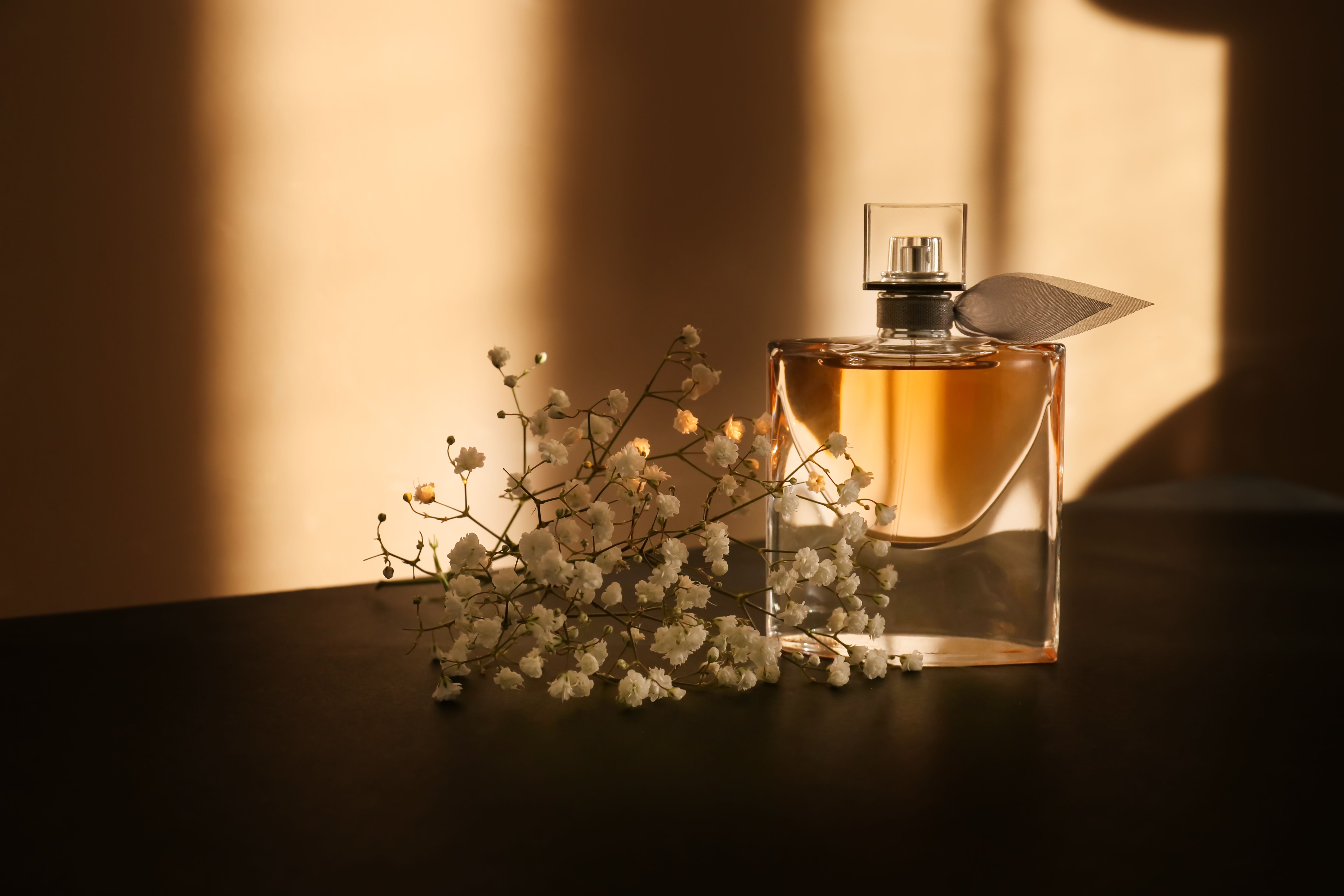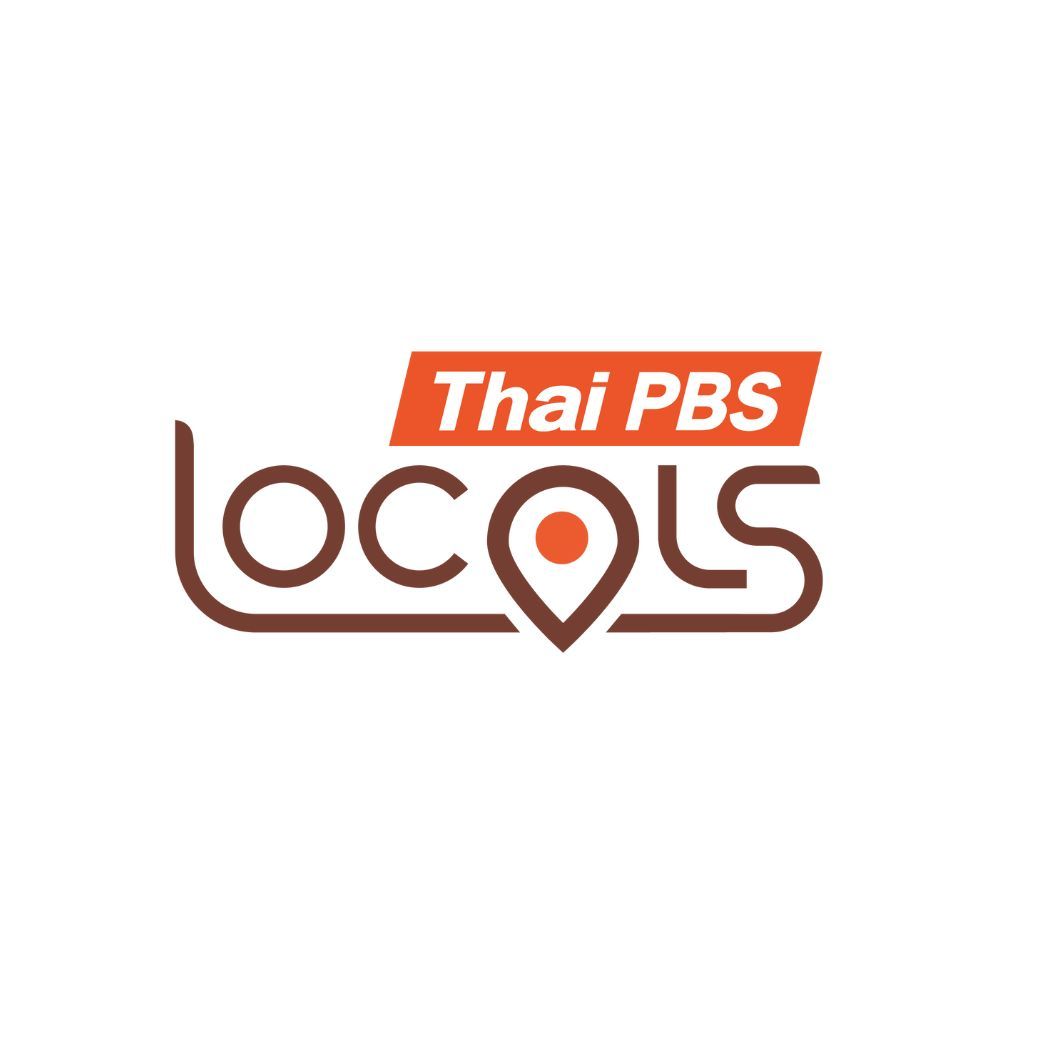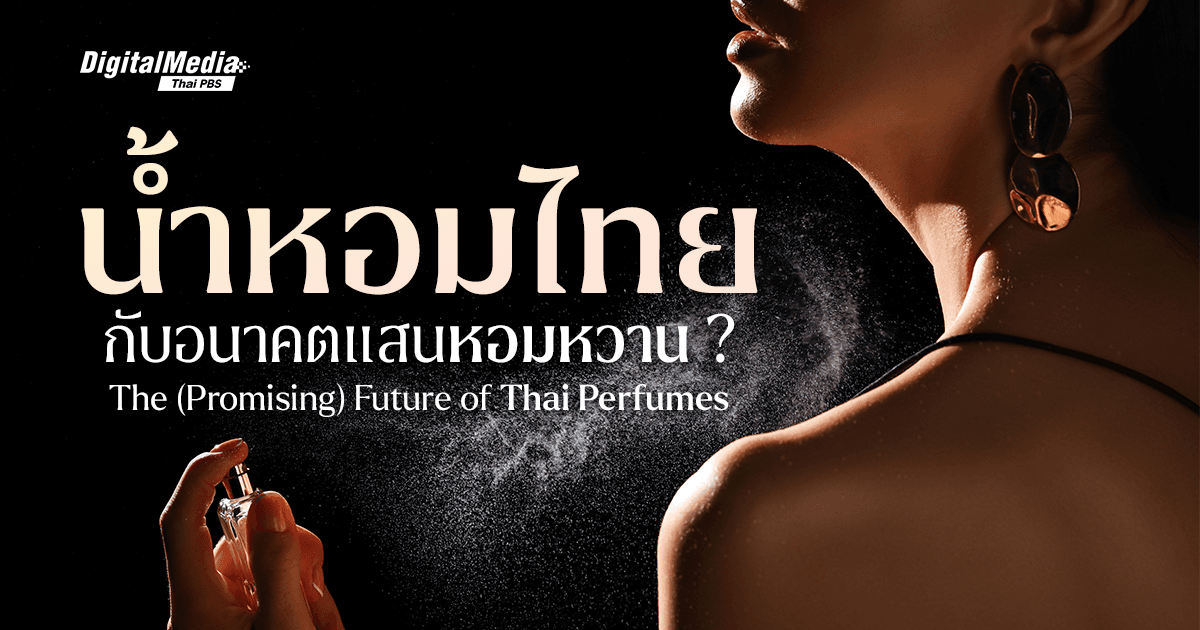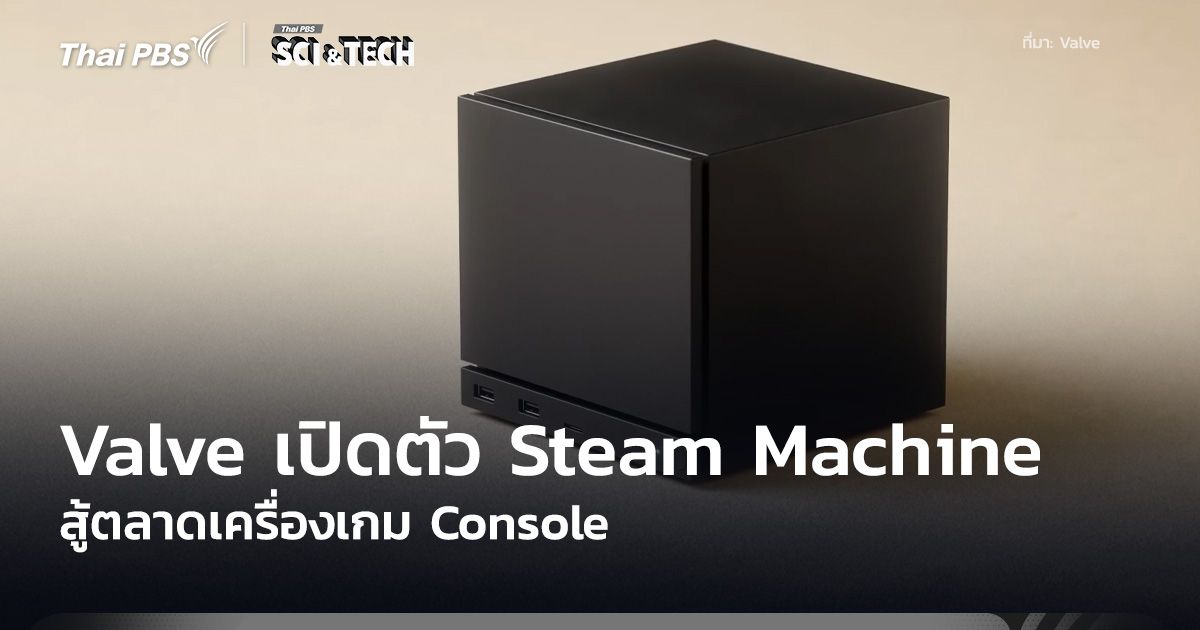เมื่อพูดถึงซอฟต์พาวเวอร์ไทย หลายคนคงนึกถึงอาหารหรือสื่อบันเทิงก่อนใครเพื่อน แต่ในช่วงไม่กี่ปีที่ผ่านมา ‘น้ำหอมไทย’ ก็เริ่มเป็นที่รู้จักมากขึ้นทั้งในและนอกประเทศ
When we talk about Thai soft power, many of us may first think of food or entertainment. However, Thai perfumes have also gained significant attention from both domestic and international customers. [Scroll down for the English text]
หากบอกว่า น้ำหอมเป็น ‘งานศิลปะใส่ขวดที่เราใช้ได้’ ก็คงจะไม่ผิดนัก การทำน้ำหอมถือเป็นทั้งศาสตร์และศิลป์ที่ผ่านกาลเวลามายาวนาน หากจิตรกรสักคนจะลอกเลียนแบบภาพวาดสักชิ้นให้เหมือนต้นฉบับก็คงจะเป็นไปแทบไม่ได้ กลิ่นของน้ำหอมเองก็เช่นกัน ที่สำคัญคือ น้ำหอมไม่ต่างจากเสื้อผ้าที่ผู้คนต้อง ‘ใส่’ เพื่อความมั่นใจและความสวยหล่อของตัวเอง ภาษาอังกฤษจึงมีคำว่า ‘wear perfume (ใส่น้ำหอม)’ ต่างจากภาษาไทยที่มักใช้คำว่า ‘ฉีด’
ช่วง 4-5 ปีที่ผ่านมา น้ำหอมไทยกลายเป็นที่สนใจมากขึ้นโดยเฉพาะในหมู่คนรุ่นใหม่ หากมองในแง่เศรษฐกิจ วงการน้ำหอมไทยมีแนวโน้มเติบโตขึ้นตามตลาดโลก ข้อมูลจาก Euromonitor และกระทรวงพาณิชย์ระบุว่า มูลค่าตลาดน้ำหอมในไทยประจำปี 2567 อยู่ที่ 391 ล้านดอลลาร์สหรัฐ และอาจเพิ่มขึ้นจนถึง 491 ล้านดอลลาร์สหรัฐในปี 2571 ขณะที่มูลค่าของอุตสาหกรรมน้ำหอมโลกนั้นก็อาจแตะหลัก 79,000 ล้านดอลลาร์สหรัฐในปี 2571 เช่นกัน
อย่างไรก็ดี คนไทยหลายคนยังอาจรู้สึกว่า ‘น้ำหอม’ ดูเป็นสิ่งไกลตัว ราคาแพง หรือเข้าถึงยาก อีกทั้งในปี 2568 ภาวะเศรษฐกิจโลกถดถอยได้กลายเป็นความท้าทายใหญ่ต่อผู้ประกอบการน้ำหอมไทยทั้งหน้าเก่าและใหม่ คำถามสำคัญจึงอยู่ที่ว่า อนาคตของวงการน้ำหอมไทยยังคง ‘หอมหวาน’ ตามที่คาดการณ์อยู่หรือไม่ในภาวการณ์เช่นนี้ ?

น้ำหอมไทย กับการดัดแปลงลูกผสมระหว่างภูมิปัญญา-วิทยาศาสตร์
น้ำหอมอยู่คู่สังคมไทยมาช้านาน ในสมัยกรุงศรีอยุธยา ผู้คนนำดอกไม้มาลอยกับน้ำเพื่อใช้ประพรมร่างกายให้หอมและคลายร้อน ข้ามมาสมัยรัชกาลที่ 5 น้ำลอยดอกไม้ก็ได้รับการพัฒนาให้มีกลิ่นหอมติดทนนานมากขึ้นผ่านการอบร่ำจนได้เป็น ‘น้ำอบ’ หากอยู่ในแวดวงชนชั้นสูงหรือชาววังก็จะฝึกสกัดใบ้ไม้ดอกไม้จนเป็นเครื่องหอมที่เรียกว่า ‘น้ำปรุง’ พอกระแสโลกาวิวัฒน์มาเยือน สินค้าจากตะวันตกหลั่งไหลเข้าสู่ห้างสรรพสินค้าเกิดใหม่ในบางกอก คนไทยจึงได้เห็น ‘น้ำหอมสไตล์ฝรั่ง’ ในท้องตลาดกันจนถึงปัจจุบัน
ภาพจำที่ว่า น้ำหอมเป็น ‘สินค้าหรู’ นั้น อาจมีสาเหตุส่วนหนึ่งมาจากการแตกไลน์ผลิตภัณฑ์ของแบรนด์แฟชั่นลักชัวรีต่างประเทศ หากใครซื้อเสื้อผ้าจากแบรนด์ใดแบรนด์หนึ่ง ก็เป็นไปได้สูงที่จะต้องซื้อ ‘น้ำหอมดีไซน์เนอร์ (designer perfumes)’ ของแบรนด์นั้นติดไปด้วยเพื่อเติมเต็มรูปลักษณ์ของตัวเอง (และของแบรนด์) ให้สมบูรณ์ ยิ่งเมซงต่าง ๆ ใช้ดาราดังระดับภูมิภาคหรือระดับโลกเป็นพรีเซนเตอร์ ก็ทำให้ภาพลักษณ์ของน้ำหอมเหล่านี้ ‘ดูแพง’ แต่น่าซื้อหามากยิ่งขึ้น
แล้วน้ำหอมไทยจะมีจุดขายอะไรที่พอสู้ได้ ? คำตอบหนึ่งคือการนำ ‘ภูมิปัญญาไทย’ และ ‘สมุนไพร’ มาประยุกต์ใช้ในผลิตภัณฑ์ “เรามีเครื่องหอมอย่างเช่นน้ำอบและน้ำปรุงไทยสมัยโบราณ ซึ่งดีมาก แต่เราลืมตรงนี้ไปหรือลืมใช้น้ำอบน้ำปรุง จริง ๆ เป็นเทคนิคการทำน้ำหอมที่ดีกว่าเมืองนอกอีก ผมเลยฝันว่า วัฒนธรรมที่มีอยู่ในบ้านเรา อาจจะจับลงขวด แล้วไปขายที่เมืองนอกได้” สุชิน แก้วอุดร นักปรุงน้ำหอมไทยเจ้าของแบรนด์ Butterfly Thai Perfume กล่าวในรายการวันใหม่ ไทยพีบีเอส เมื่อปี 2559
นักปรุงน้ำหอมสามารถ ‘ดัดแปลง’ องค์ความรู้และวัตถุดิบแบบไทย ๆ ให้เกี่ยวโยงกับซอฟต์พาวเวอร์ไทยด้านอื่น ๆ เช่น อาหาร ศิลปะการต่อสู้ หรือแม้แต่จินตนาการกลิ่นตัวละครจากซีรีส์วายก็ได้ สุชินยกตัวอย่างการผลิตน้ำหอมกลิ่นข้าวเหนียวมะม่วงของเขาไว้คร่าว ๆ ว่า “เราจะใช้มะพร้าวแก่ ๆ มาคั่วไฟ แล้วก็ดึงกลิ่นกะทิในมะพร้าวแก่มาดูดซับอีกทีโดยวิธีการทำน้ำอบน้ำปรุงสมัยโบราณ ก็จะเป็นกลิ่นกะทิบวกกับข้าวเหนียวมูนครับ ส่วนมะม่วงก็เจือจางโดยใช้องค์ประกอบทางเคมี ดึงกลิ่นของมะม่วงมหาชนกมาทำเป็นน้ำหอม”
นอกจากนี้ การนำเสนอภูมิปัญญา ‘แบบดั้งเดิม’ ก็อาจเป็นกลยุทธ์ที่ช่วยดันทั้งวงการน้ำหอมไทยและอุตสาหกรรมเพื่อความเป็นอยู่ที่ดี (wellness) อีกด้วย “การทำน้ำอบมันมีคุณค่าทางด้านจิตใจนะคะ [เพราะ] การทำของอะไรสักอย่างหนึ่งซึ่งใช้ความปรานีต มันทำให้จิตใจอ่อนโยน” อรอนงค์ เจนพาณิชย์ ผู้สอนเครื่องหอมไทยในจ.พิษณุโลก กล่าวในรายการลุยไม่รู้โรย เมื่อปี 2564 “ถึงแม้ว่าจะมีน้ำหอมหรือคิดว่าน้ำอบเป็นของโบราณล้าหลัง แต่ว่าชีวิตหนึ่ง เราต้องการความสบาย ๆ ยึดกับธรรมชาติ สมุนไพรที่ใช้ดีกับตัวเราอย่างไร... มันเป็นความสบายใจและกาย [จาก] กลิ่นที่เราได้มา… เรา [จึง] อยากจะให้ใช้น้ำอบในชีวิตประจำวันมากขึ้น”
ทั้งนี้ แม้จะชูวัตถุดิบจากธรรมชาติ แต่น้ำหอมไทยทุกกลิ่นทุกขวดก็ต้องได้รับการตรวจสอบตามมาตรฐานสากล เช่น ISO 9235 ซึ่งรับรองคุณภาพสำหรับวัตถุดิบของสารสกัดจากธรรมชาติที่มีกลิ่นหอม ข้อกำหนดของสมาคมน้ำหอมนานาชาติ (IFRA) รวมถึงเกณฑ์ความปลอดภัยของประเทศเป้าหมาย “[ต่างประเทศ] เขาจะมีการอัปเดตตลอด และมีหน่วยงานมานั่งทดสอบว่า [สารอะไร] ไปก่อให้เกิดการแพ้ของกลุ่มผู้บริโภคบางกลุ่ม เพราะฉะนั้น สารหอมในไทยหลายอย่างที่เราไม่เคยใช้หรือ เป็นพืชท้องถิ่น ก็อาจจะไม่ได้เป็นที่ยอมรับในต่างประเทศ เพราะว่ายังไม่ได้มีการจดทะเบียนหรือการวิจัยที่มันชัดเจน ถือเป็นเรื่องที่ละเอียดอ่อนค่ะ” มีมี่-ศรุตา จรูญเมธี คอนเทนต์ครีเอเตอร์อิสระด้านน้ำหอมในนาม @jamiefragrance_ ให้ความเห็นกับ Thai PBS
น้ำหอมไทย กับการเชื่อมโยงสยามเมืองยิ้มสู่โลก
สาเหตุส่วนหนึ่งที่ทำให้น้ำหอมไทยเป็นที่นิยมมากขึ้นทั้งในและต่างประเทศ คือ ‘กระแสปากต่อปาก’ ในหมู่คนรักน้ำหอม “จริง ๆ ตอนแรก ไม่คิดว่าจะขายได้ครับ แต่ว่าทำน้ำหอมแจกเพื่อนวันเกิด ผ่านไปสัก 2 เดือน ปรากฏว่าเพื่อนสั่งจากสิบ เป็นร้อย เป็นพันขวดต่อเดือน เราก็… ‘เอ๊ะ ขายได้เงินด้วยเหรอ ?’ เราก็เลยลองมายืนแจกเทสเตอร์ที่สวนจตุจักร ถือถาดอยู่ใบหนึ่ง ไม่มีที่ด้วยครับเมื่อก่อน ไม่คิดว่าจะขายได้ครับ ใครมาคุยก็ให้เขาดมไป [และดู] คำติชมกลับมา” สุชินเล่าถึงจุดเริ่มต้นของแบรนด์ตัวเองไว้เมื่อ 9 ปีก่อน
แม้ความสนใจของศรุตาจะเริ่มจากการเดินสำรวจน้ำหอมดีไซเนอร์แบรนด์ต่างประเทศ แต่เธอมา “ตก” กับวงการน้ำหอมไทยอย่างจริงจังเพราะเพื่อนชวน “ก็มีเพื่อนในมหา’ลัยที่รู้ว่าเราชอบน้ำหอม แล้วเขาก็ชอบน้ำหอมมานานมาก เขาก็เลยชวนพาไปร้านน้ำหอมไทย จนได้ลองดมน้ำหอมที่ปรุงโดยคนไทย เราก็รู้สึกว่า ‘โอ้มายก๊อด นี่มันอะไรเนี่ย!’ มันเหมือนเราหลุดเข้าไปในอีกโลกหนึ่ง” ศรุตาอธิบาย
พอเป็นน้ำหอมไทย มันมี ‘มิติ’ บางอย่างที่เราไม่นึกถึง เวลาเราดม แวบแรกเราจะได้กลิ่นหนึ่ง พอแวบที่ 2 เราจะได้อีกกลิ่นหนึ่ง แล้วแวบที่ 3 ก็จะได้กลิ่น มันเปลี่ยนแปลงไปตามระยะเวลาที่อยู่กับผิวเรา - ศรุตา จรูญเมธี
กระแสปากต่อปากในหมู่ผู้บริโภคได้พัฒนามาเป็น ‘ชุมชนคนรักน้ำหอมไทย’ และโซเชียลมีเดียก็ช่วยให้ชุมชนที่ว่านี้ขยายใหญ่ยิ่งขึ้น ทุกวันนี้ ไม่ใช่ว่าคนต่างชาติจะซื้อน้ำหอมไทยไปฝากคนรักเพียงแค่นั้น แต่หลายคนกลับมาเมืองไทยเพื่อพบปะแลกเปลี่ยนกับคนรักน้ำหอมนานาชาติ อย่างศรุตาเองก็จัดงานรวมตัวคนรักน้ำหอมงานเล็ก ๆ เป็นครั้งแรกไปเมื่อปลายเดือนกรกฎาคม 2568 ที่ผ่านมา แต่ชาวอเมริกัน ชาวออสเตรเลีย และชาวมาเลย์บางคนบินมาไทยเพื่องานนี้โดยเฉพาะ

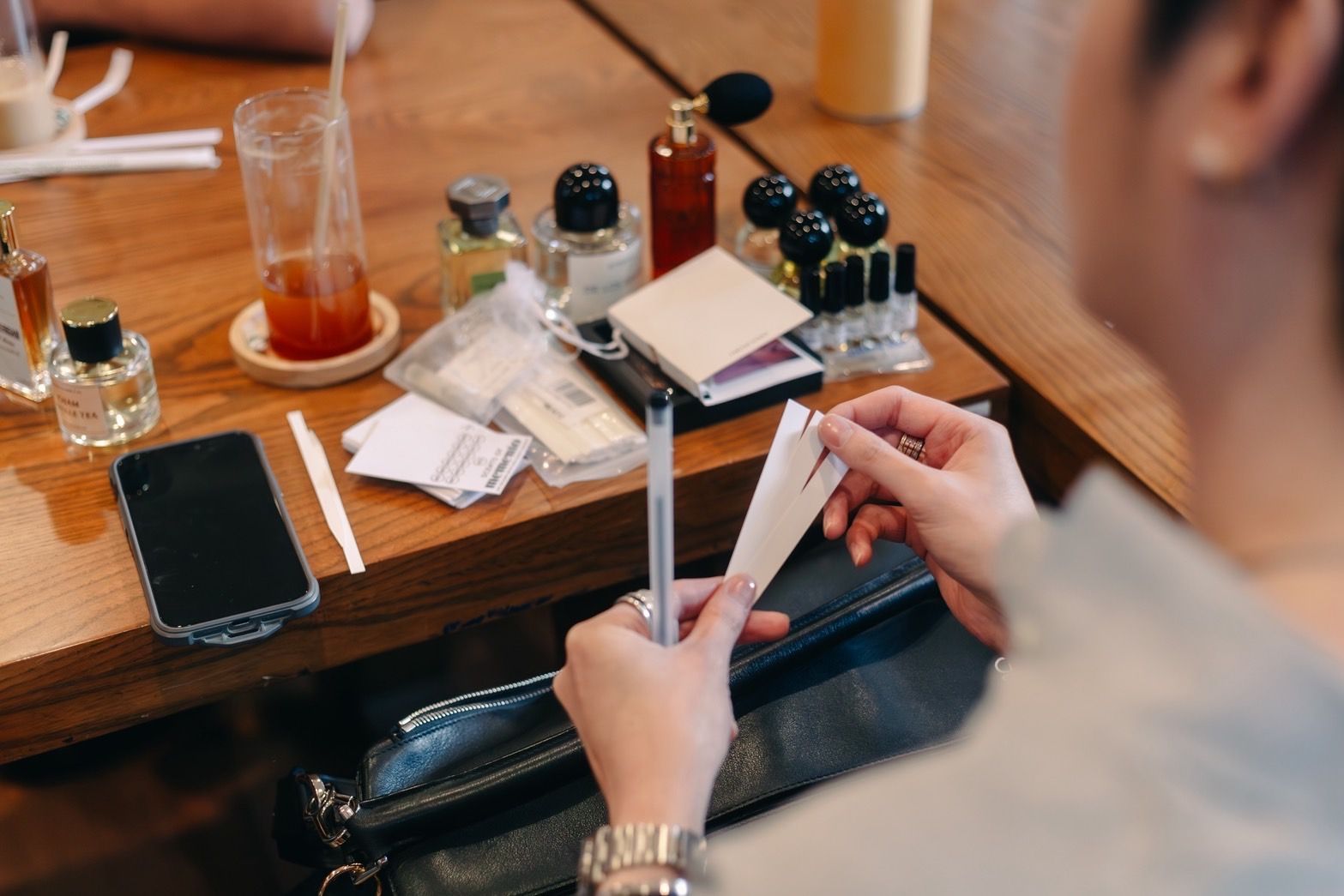
“ก็ดีใจที่โพสต์ [ประชาสัมพันธ์งาน] ของมี่ไปถึงต่างประเทศ มันทำให้เราเห็นว่า มีคนที่เขาหลงใหลกับสิ่งนี้จริง ๆ แล้วก็เราก็ได้เชิญแขกซึ่งเป็นนักปรุงคนไทยมาให้ข้อมูลเชิงลึกบางเกี่ยวกับวงการน้ำหอมไทยด้วย ก็ทำให้ [ชาวต่างชาติ] เขาเข้าใจมากขึ้น” ศรุตาเสริม “นอกจากการพูดคุยแล้ว ก็ให้ผู้ที่มาเข้าร่วมทดลองดมสารหอมที่มาจากประเทศไทยแท้ ๆ ค่ะ ก็เหมือนเป็นการแบ่งปันวัฒนธรรมกับความชอบ เปิดประสบการณ์ใหม่ ๆ ให้กันและกันด้วย”
ส่วนองค์กรภาครัฐก็พยายามผลักดันวงการน้ำหอมไทยมากขึ้น เมื่อปลายเดือนสิงหาคม 2568 สำนักงานส่งเสริมเศรษฐกิจสร้างสรรค์ (องค์การมหาชน) เชียงใหม่และองค์กรด้านน้ำหอมของเอกชน ได้ร่วมมือกันจัดเวิร์กช็อปเกี่ยวกับน้ำหอมในพื้นที่ ซึ่งมีผู้เข้าร่วมทั้งจากไทย มาเลเซีย เวียดนาม สิงคโปร์ และไต้หวัน และจะมีการคัดเลือกผลงานน้ำหอมเพื่อจัดแสดงในงาน Chiang Mai Design Week 2025 ช่วงปลายปี นอกจากจะเปิดพื้นที่ให้นักปรุงน้ำหอมได้แสดงฝีมือแล้ว ก็ยังช่วยส่งเสริมการแปรรูปสินค้าเกษตรประจำท้องถิ่น – อย่างกาแฟอะราบิกาและตะไคร้ต้น – ให้เกิดมูลค่ามากยิ่งขึ้น
“[ภาครัฐ] เขาตื่นตัวมากขึ้น แล้วก็สร้างความตระหนักรู้ให้คนในชุมชนด้วย” ศรุตาให้ความเห็น “แต่ว่าเราสามารถทำอย่างอื่นได้มากกว่านี้ เช่น [การจัดการปัญหาเกี่ยวกับ] สรรพสามิตและการนำเข้าส่งออก [ที่ทำให้เกิด] ค่าใช้จ่ายแฝงเพิ่มเติม [หรืออีกตัวอย่างหนึ่ง] หน่วยงานรัฐหรือรัฐบาลสามารถจัดทำความร่วมมือระหว่างประเทศที่เกี่ยวข้องกับวงการน้ำหอม พร้อมสร้างกฎหมายเพื่อส่งเสริมกันและกันค่ะ อันนี้ มี่รู้สึกว่าก็จะเป็นอีกก้าวหนึ่งที่จะทำให้น้ำหอมไทยไปได้ไกลมาก ๆ”

แม้อุตสาหกรรมต่าง ๆ ต้องชะงักตัวจากภาวะเศรษฐกิจโลกถดถอย แต่วงการน้ำหอมไทยยังคงโดดเด่นและมีศักยภาพแข่งขัน “ถ้าเทียบในอาเซียนนะคะ ประเทศไทยก็น่าจับตามองในเรื่องของการทำน้ำหอม เพราะว่าถือว่าก้าวหน้าไปมากแล้ว แล้วก็ก้าวหน้าอย่างก้าวกระโดดด้วยในระยะ 2-3 ปีที่ผ่านมา” ศรุตาให้ความเห็น “[และ] ต่างประเทศมองไทยเป็นแหล่งผลิตน้ำหอมที่มีความดั้งเดิม กล้านำเสนอวัฒนธรรมของตัวเองออกมาและใส่ความโมเดิร์นเข้าไป กล้าที่จะสร้างสิ่งใหม่ ๆ ขึ้นมา”
นอกจากการสืบสานต่อยอดความเป็นไทยแล้ว นักปรุงน้ำหอมไทยมีแนวโน้มที่จะนำเสนอ ‘ตัวตน’ ของตัวเองมากขึ้น “เขากล้าที่จะก้าวผ่านความต้องการของผู้บริโภคหรือข้อเรียกร้องบางอย่างในตลาดใหญ่ ไม่ใช่ว่าเขาไม่ใส่ใจนะคะ แต่ผลงานที่เขาสร้างจะมาจากความเป็นตัวของตัวเอง ความจริงใจ และประสบการณ์ชีวิตของนักปรุงเอง” ศรุตาให้ความเห็น
น้ำหอมขวดหนึ่งจะ ‘ขายได้’ เมื่อกลิ่นของน้ำหอมขวดนั้นสะท้อนถึงรสนิยมที่ตรงกันระหว่างผู้ผลิตและผู้ซื้อ แต่น้ำหอมไทยไม่ได้เป็นแค่นั้น เพราะยังแฝงภูมิปัญญา อัตลักษณ์ และธรรมชาติของประเทศไว้ในขวดแก้ว 1 ขวด อีกทั้งยังทำให้ผู้คนหลากหลายได้มาพบพานเจอกัน หากได้รับการสนับสนุนต่อยอดจากทุกภาคส่วนอย่างต่อเนื่อง อนาคตของวงการน้ำหอมไทยก็จะยังคงหอมหวานอย่างที่หลายคนอยากให้เป็น
เข้าใจความเป็นไทย พร้อมฝึกภาษาอังกฤษไปด้วยกันกับบทความ 2 ภาษาจาก Thai PBS
- ‘ซีรีส์วายไทย’ ไปทางไหนต่อ ? | What's Next for Thai BL Series
- แลหลังมองหน้า ‘วงการนางงามไทย’ | Understanding Thai Beauty Pageants
- ‘นิราศสงกรานต์’ ของเด็กไทยที่เคยอยู่ใน ‘กรีซ’ | A Songkran Story in Thessaloniki
- 'ทักษาภาษาอังกฤษ' ยิ่งส่งเสริม ยิ่งถดถอย ? | How to Boost English Proficiency among Thais?
อ้างอิง
- รัฐบาล ผลักดันผู้ประกอบการนำ “พืชพรรณท้องถิ่น”ไทย ต่อยอดธุรกิจน้ำหอม สู่ตลาดระดับโลก, GCC
- เปิดรับสมัครศิลปินนักปรุงกลิ่นทุกท่านและผู้สนใจเข้าร่วมโครงการ THE SENSE OF THE LOCAL, COLLECTIVE SCENTS, TCDC Chiang Mai [Facebook]
- บรรยากาศ โครงการ The Sense of the Local : Collective Scents สร้างมูลค่าให้ “กลิ่น” จากวัตถุดิบท้องถิ่น! , TCDC Chiang Mai [Facebook]
ติดตามบทความและเรื่องราวทันทุกกระแสที่ Thai PBS NOW: www.thaipbs.or.th/now
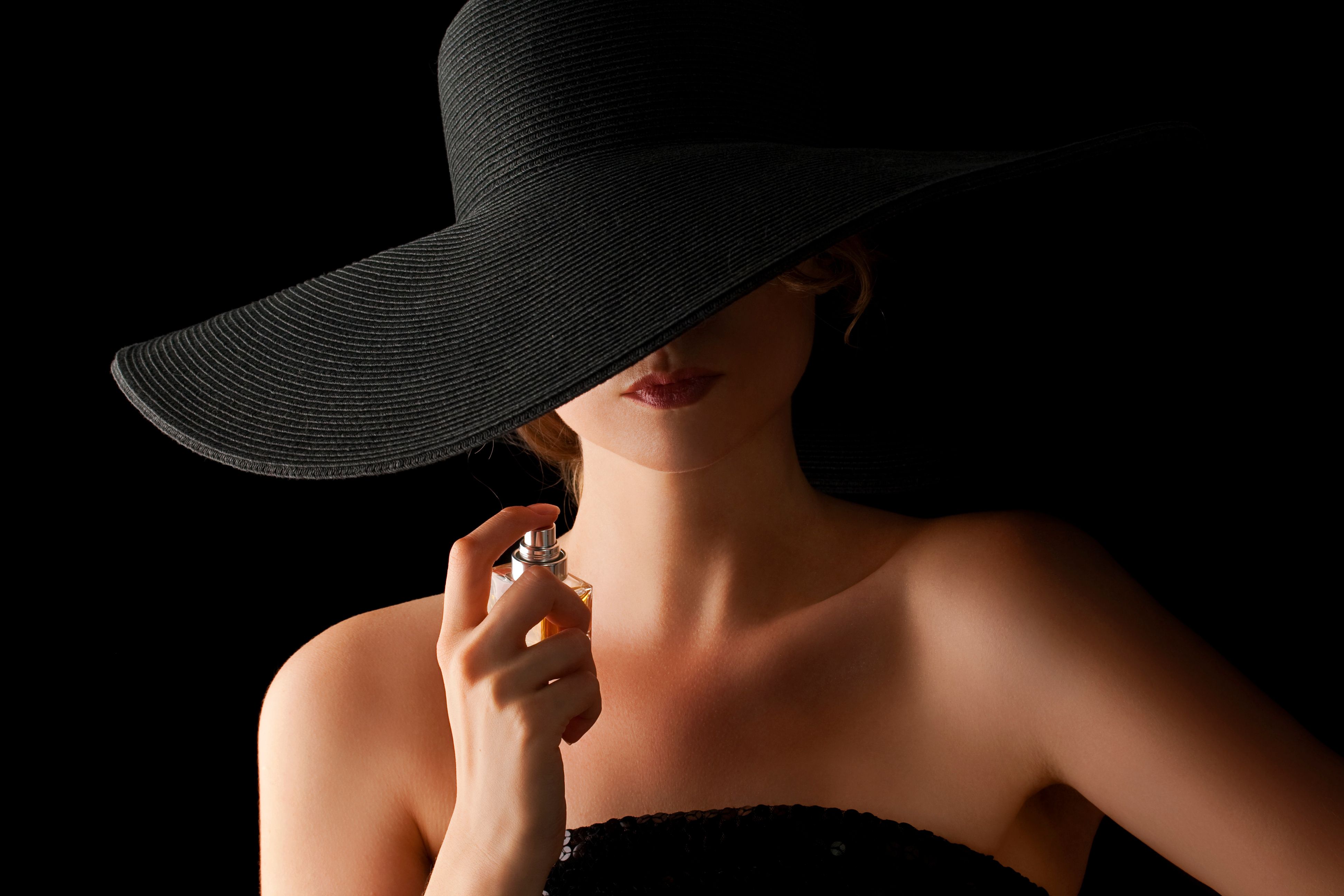
Perfumes can be considered as ‘practical pieces of art’ that we use in our daily lives. Perfumery, a combination of art and science, has been developed throughout history. Just as an artist cannot duplicate a masterpiece, a perfumer cannot exactly copy a unique fragrance. Ultimately, many people wear perfume to enhance their confidence and beauty, much as they do with the clothing they choose to wear.
Customers, particularly the younger ones, have become more interested in Thai perfumes over the last five years. Thai perfumery’s growth is expected to align with the global market. According to Euromonitor and Thai Ministry of Commerce, Thai perfume market was valued at $391 million and is projected to reach $491 million by 2028. The global perfume market value is also forecast to reach $79 billion in the next three years.
Regardless, many Thais might still consider fragrances as ‘irrelevant, luxury items’ while both newcomers and veterans in the industry are facing the economic downturn. This raises a question: will Thai perfumery prosper as predicted under such circumstances?
Thai perfumes: traditions with a twist
In fact, Thai society has always been familiar with fragrances. During the Ayutthaya era, people scented fresh water with flowers and applied it to their bodies to tackle the heat and odor. A century later, during the reign of King Rama V, scented water evolved into the creation of nam oob (น้ำอบ), a Thai traditional perfume infused with the smoke of herbs and sugar. Courtiers even learnt more refined techniques to prepare nam prung (น้ำปรุง), extracting scents from leaves and flowers. As Siam later opened to global trade, Western perfumes were introduced for the first time to Bangkok’s new department stores.
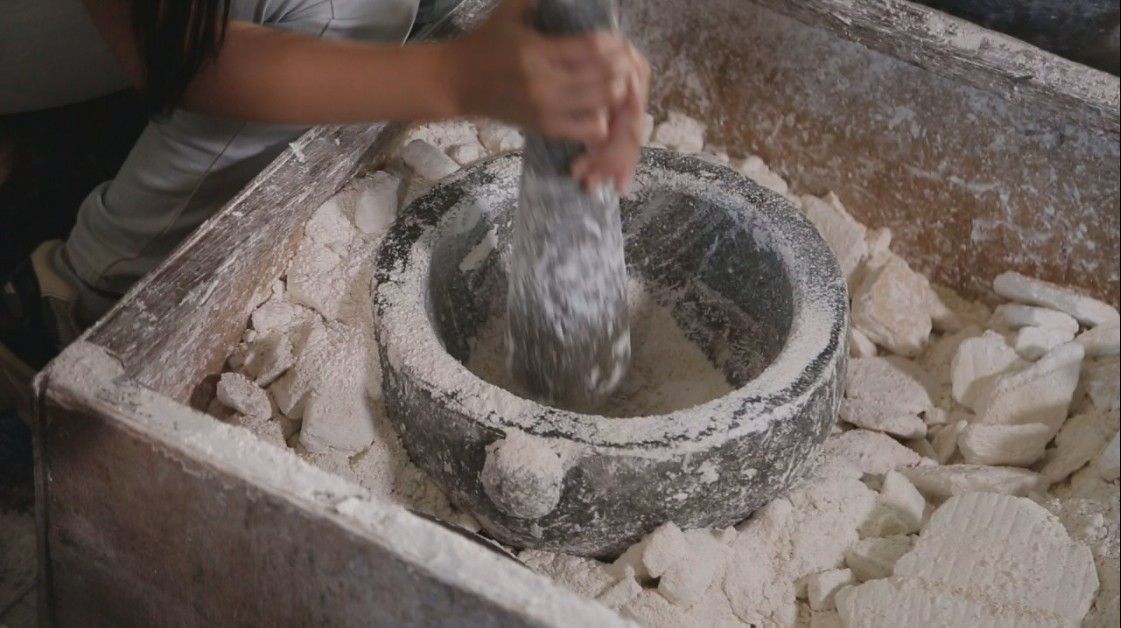
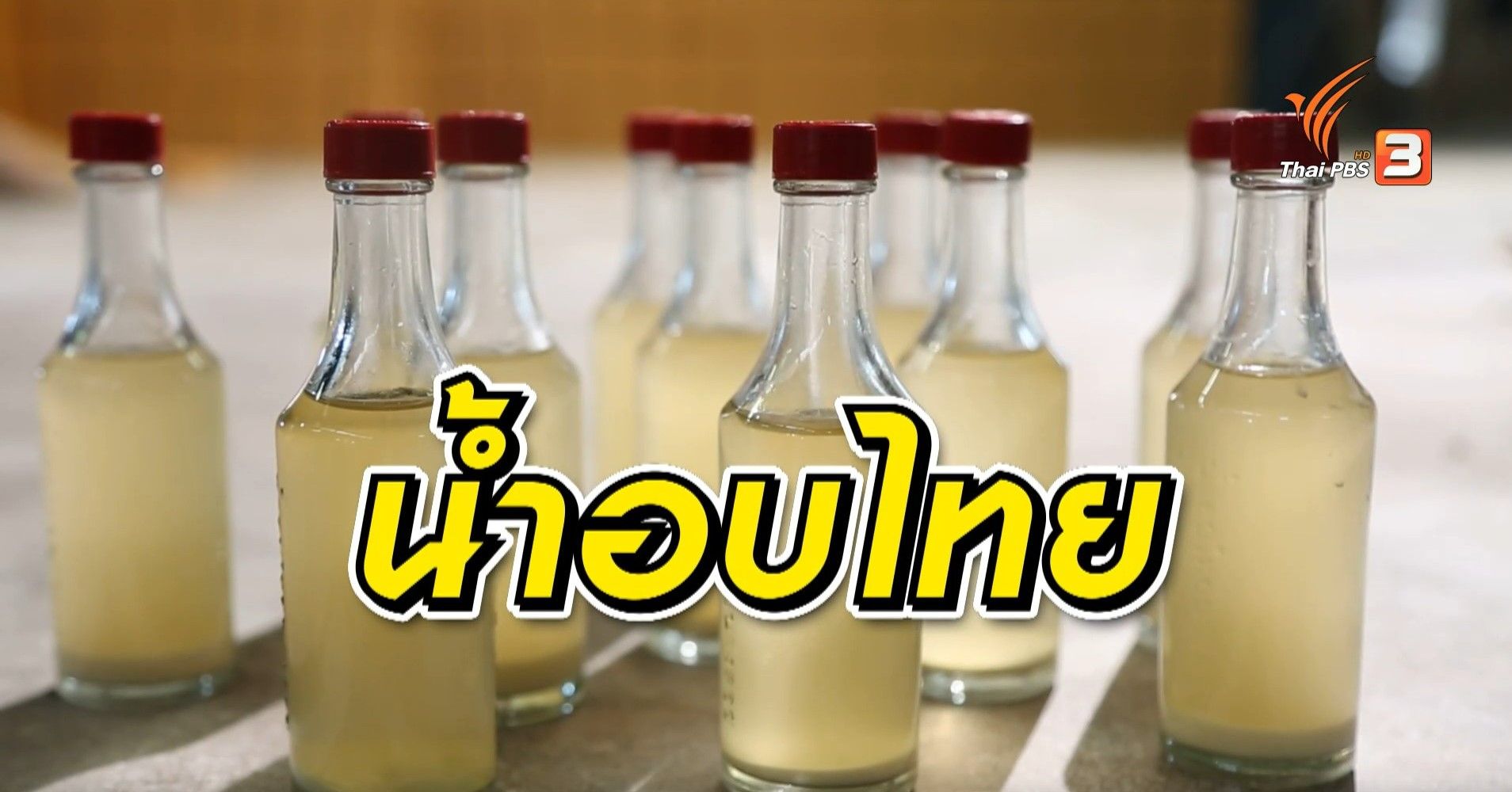
Some Thais may view fragrances as ‘luxurious goods’ partly due to the domination of ‘designer perfumes’ in the market. For example, a customer buying a clothing item from a boutique is likely to purchase that brand’s fragrance to complete their look (and this also promotes the brands, indirectly). In addition, the use of regional and international stars as brand ambassadors even makes perfumes seem more extravagant, yet compelling to consumers.
So, what could be the selling points of Thai perfumes? One key strategy is to integrate Thai traditions and local herbs into the products. As Suchin Kaew-Udon, the owner of Butterfly Thai Perfume, stated in a Thai PBS news program in 2016: “We have our own fragrances like nam oob and nam prung, which are great. But, we ignore them or don’t often use them. Actually, the techniques of Thai traditional perfumery are better than the foreign ones. That’s why I’ve always had a dream of putting Thai culture into perfume bottles and selling them overseas.”
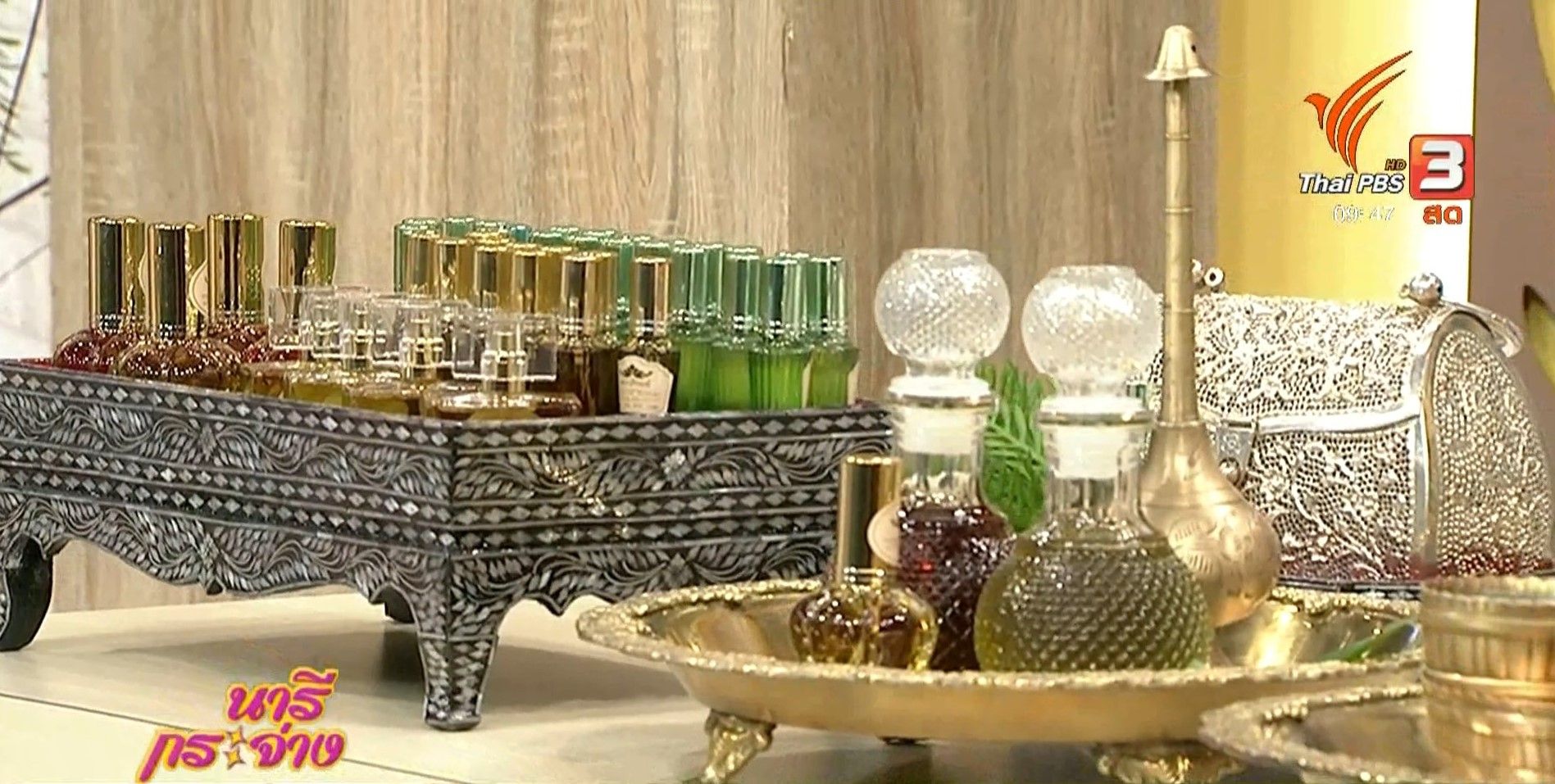
Thai perfumers can also create new scents inspired by other soft power elements such as food, martial arts, and even imaginary scents of BL characters. Suchin explained how he had used local ingredients and traditional savoir-faire to create a ‘mango sticky rice’ fragrance. “We roast mature coconut, and then extract its scent with the traditional techniques used to prepare nam oob and nam prung. That’s how we get the aroma of sticky rice and coconut milk. For the mango component, we dilute mahachanok mangos to extract their scent for the perfume.”
Moreover, an authentic presentation of Thai traditional perfumes could be another strategy to simultaneously promote the country’s fragrance industry and its wellness economy. As Araanong Chenbhanich, a Thai perfumery lecturer in Phitsanulok province, stated in a Thai PBS program in 2021: “Although there are [foreign] fragrance and Thai traditional perfumes might be seen as obsolete, people [still] crave comfort and a connection to nature. Some might be curious about the benefits of herbs, and [Thai traditional fragrances] can provide that through their aromas. It is why I would like to see people use nam oob more in their daily lives.”
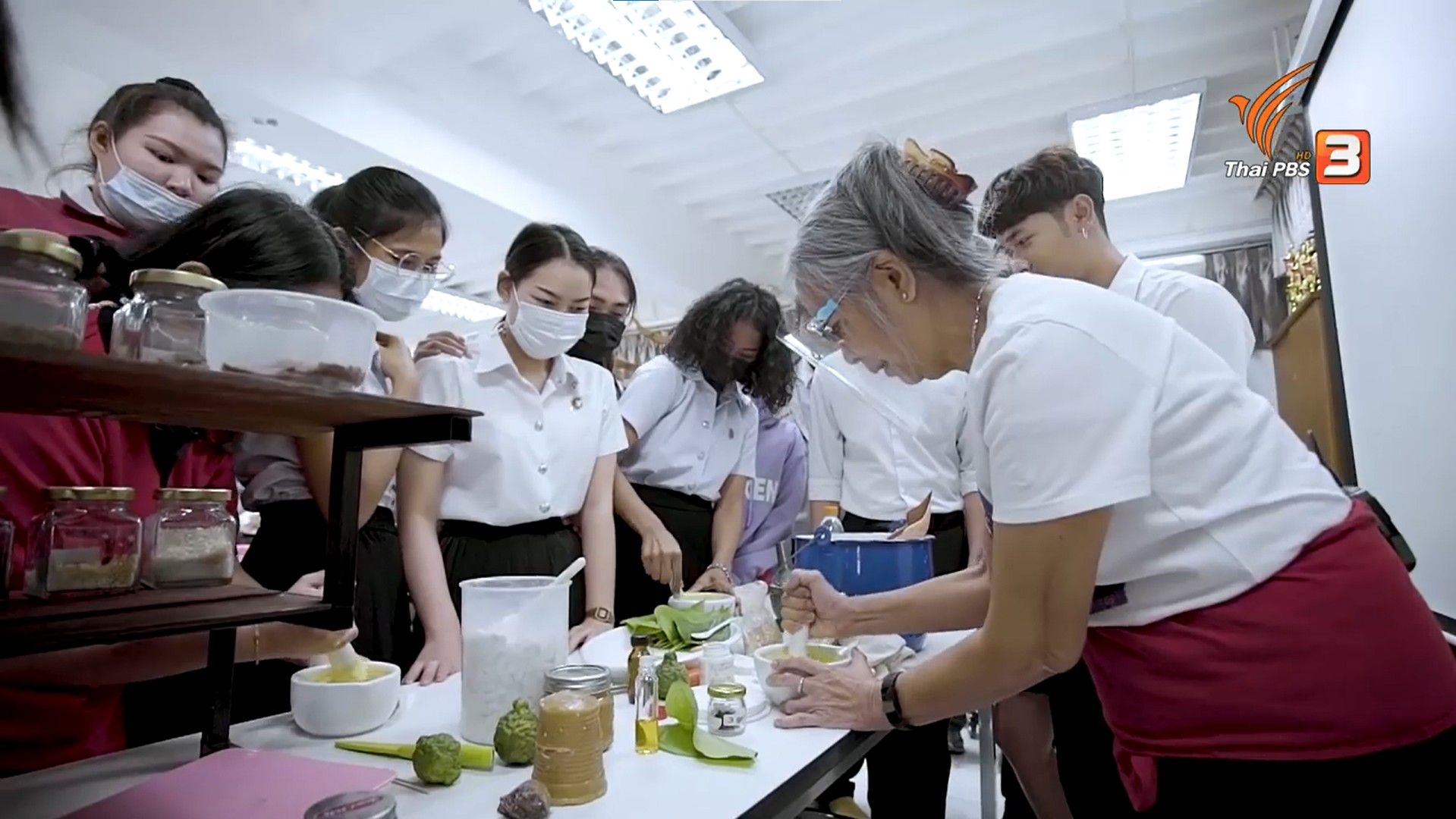
Nevertheless, Thai fragrances made with natural materials must comply with global safety standards, for instance: ISO 9235, the regulations of IFRA (International Fragrance Association) and the specific criteria of target markets. “Many countries constantly review their regulations and test which substances can trigger allergies in specific groups of consumers,” said Saruta Charunmethee, an independent content creator also known as ‘@jamiefragrance_’. “Therefore, some of natural or unfamiliar substances might not be approved by international standards because they haven’t been registered or thoroughly tested in laboratories. This is a critical issue to bear in mind.
Thai perfumes as another representation of Thailand in the global stage
Thai perfumes have been increasingly visible globally, partly thanks to the word of mouth among fragrance collectors. This occurred to Suchin, as he recounted nine years ago. “At first, I never thought that my perfumes could sell. But two months after I gave some of the scents to friends during their birthday, the orders grew from ten bottles to a hundred, and then a thousand. I was like… “Could I really make money from this?” So, I decided to hand out testers at the Chatukchak market. I didn't even have a shop back then—just a tray. Again, I never thought that they could sell; I just let people nose the fragrances and waited for their feedback.”
Initially, Saruta only sampled designer perfumes in shopping malls, but she later became deeply interested in Thai fragrances at a friend’s suggestion. “A friend from university, who loves perfumes as much as I do, took me to a Thai perfume shop,” she recalled. “The moment I nosed a scent created by Thai perfumers, my reaction was like… ‘Oh my God! What’s this?!’ It was like being transported to another universe.”
Thai fragrances have ‘unexpected layers’. When you first smell a Thai perfume, you notice a specific aroma. But the more you scent it, the more the scents alter. It continues to change over time once it’s on your skin. – Saruta Charunmethee
The word of mouth has evolved into ‘Thai fragrance lover’ communities, which continue expanding thanks to the power of social media. Today, not only do some foreigners buy Thai perfumes back to their home countries, but they also return to Thailand to exchange views with other fans. This past July, for instance, Saruta and a fellow enthusiast held their first meetup, where some intentionally flew from the U.S., Australia and Malaysia to attend.
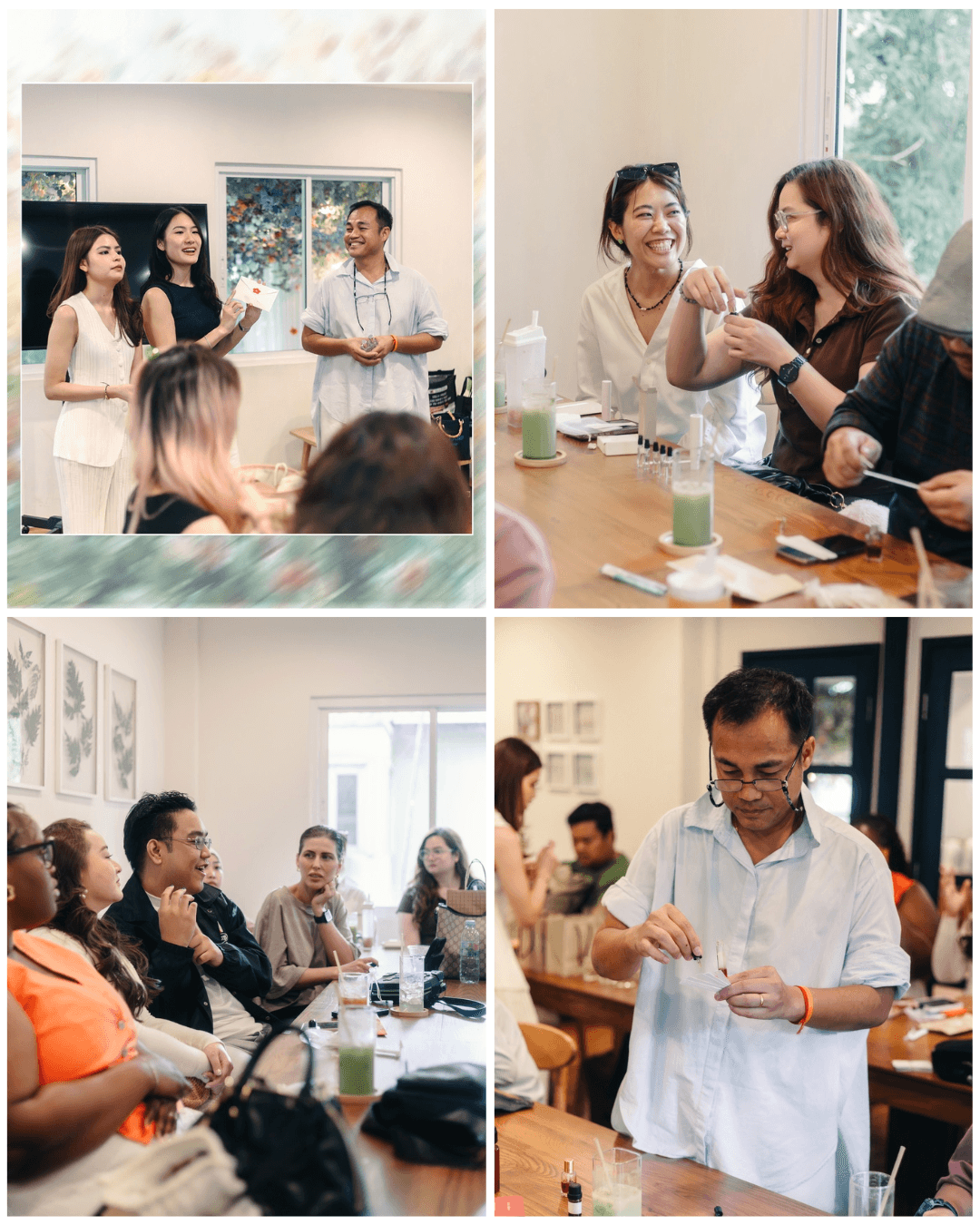
“I was glad the post [about the meetup] had reached people overseas. It showed me just how many people are passionate about fragrances. For the event, I invited a Thai perfumer as a guest speaker to share some insights about the industry,” Saruta recalled. “Beyond the discussions, participants had an opportunity to sample some authentic Thai ingredients. We shared our cultures and interests, broadening everyone’s perspective.
The public sector is also working to promote Thai perfumery. For example, this past August, the Chiang Mai office of Creative Economy Agency collaborated with private partners to organize a local fragrance workshop. Perfumers from Thailand, Malaysia, Vietnam, Singapore and Taiwan were brought together to the event. After the workshop, they are required to submit their creations using two key local ingredients: Northern Thai Arabica coffee and Thai Litsea Cubeba. Selected works will be showcased in an exhibition at Chiang Mai Design Week 2025 in December. Not only do events like this introduce new talents into the industry, but they also help local farmers build on their agricultural products.
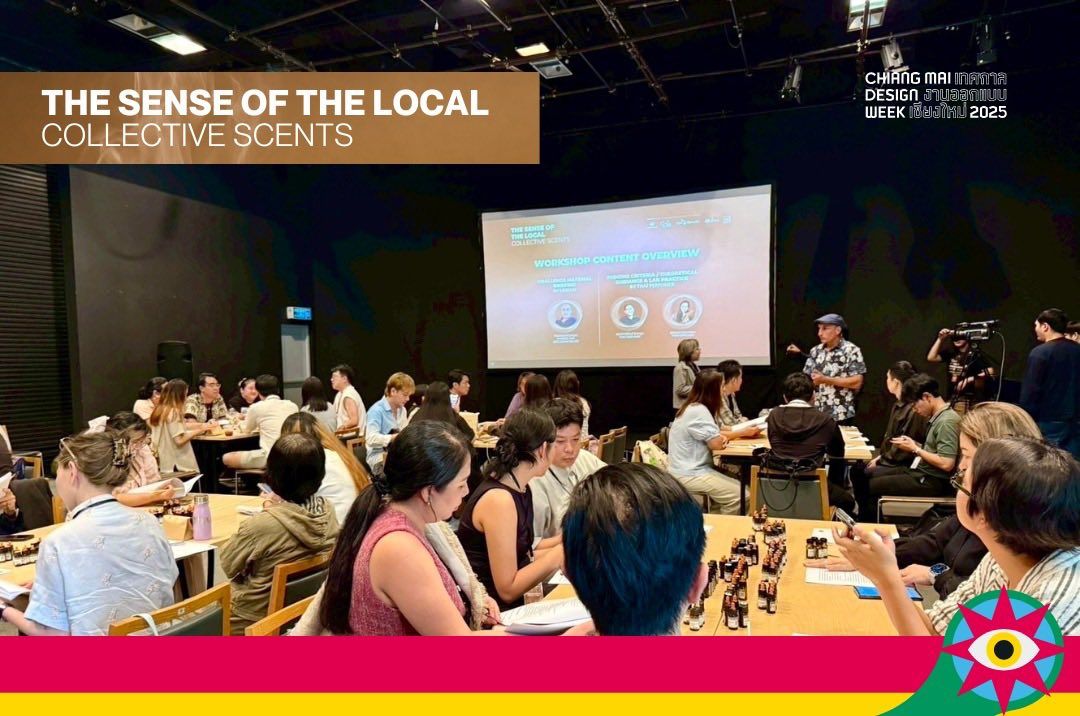
“[Authorities] have been more aware [of Thai perfumery’s importance], and they are putting an effort to build such awareness to communities,” Saruta commented. “But we can do more. For example, officials could address excise taxes and import/export regulations which cause hidden costs for businesses. The government or relevant agencies could also directly cooperate with other countries to achieve international agreements that benefit perfumery. I think these are essential steps to help Thai perfumery prosper.”
While many industries face setbacks due to global economic downturn, Thai perfumery’s future remains promising, with high potential to compete in the global market. “Thailand is being seen as an emerging perfumery producer, especially compared to its ASEAN neighbors. We’ve exponentially advanced in this field over the past few years,” Saruta noted. “And the world views Thai fragrances as unique, cultural products with a modern twist. It’s because Thai perfumers are encouraged to create something new.”
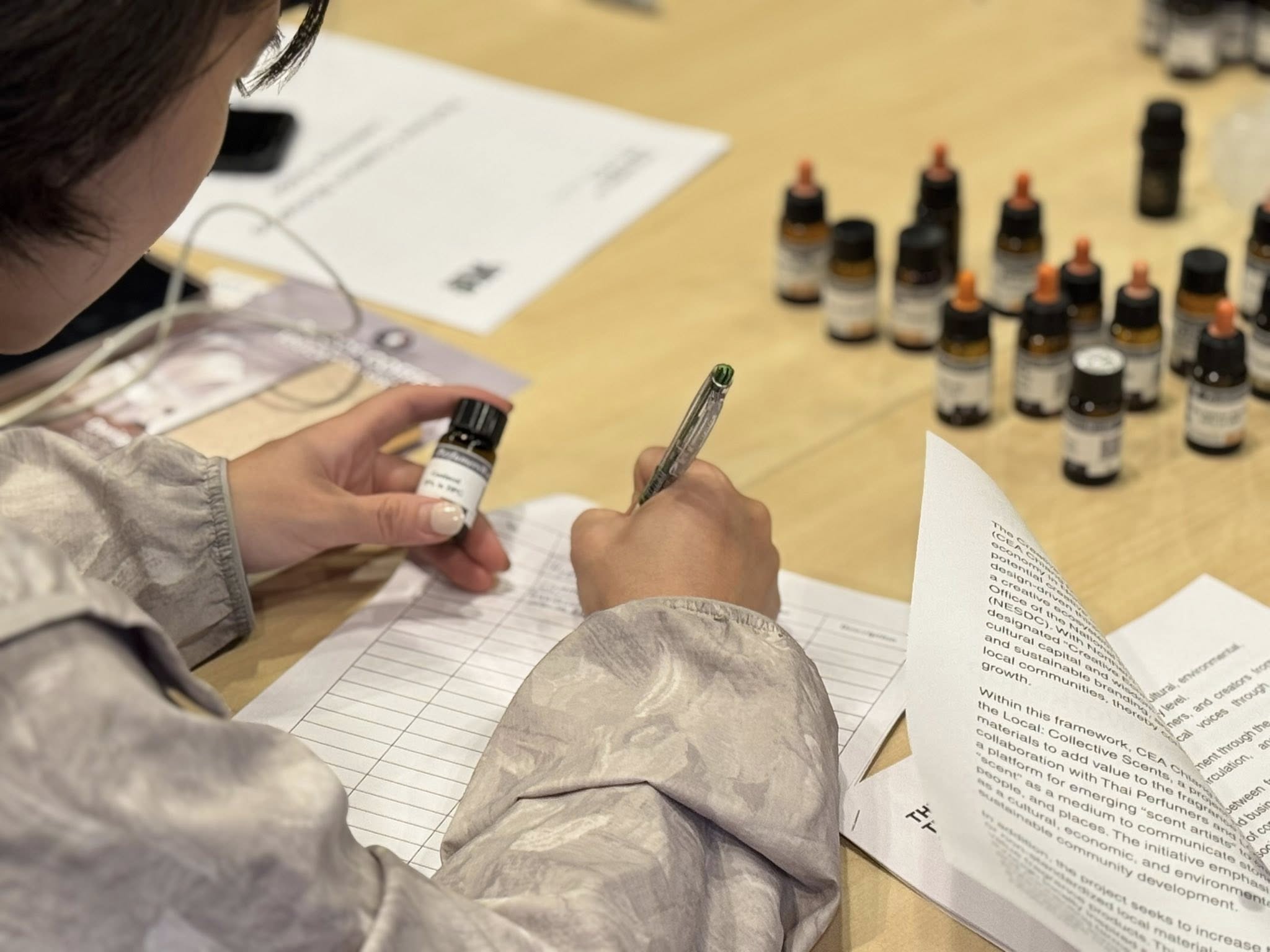
Apart from reinterpreting Thainess through a modern lens, Thai perfumers are increasingly incorporating their personal identities into their creations. Saruta commented: “They have the courage to prioritize their desires over mainstream market demands. This doesn’t mean they are ignoring the customers, but they are creating products that reflect their own identities, honesty and experiences.”
Through its scent, a bottle of perfume can reflect a shared taste between its creator and customer. But Thai fragrances offer more than aromas: they ‘bottle’ traditions, values and nature of the country. They also bring people from different background to share their time and perspectives. If the public and private sectors continue to cooperate and build upon Thailand's rich heritage, Thai perfumery will triumph as many have hoped for.
Explore more of Thailand with Thai PBS's bilingual articles
- What's Next for Thai BL Series
- A Songkran Story in Thessaloniki
- Understanding Thai Beauty Pageants
- How to Boost English Proficiency among Thais?
Words: Peerachai Pasutan
